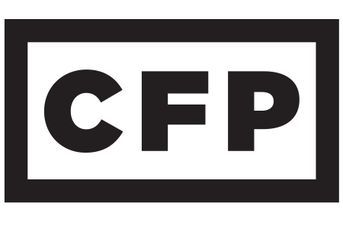Understand where your firm’s growth is really coming from

The 2018 InvestmentNews Study of Pricing & Profitability shows a lot of advisers' success is tied to market gains, but there are ways to grow more reliably.
When Ed Koch was mayor of New York back in the 1980s, he liked to stroll down the streets of the city and ask people, “How am I doing?” Of course, it was part of the colorful mayor’s shtick, but it also was a useful way to help him assess his job performance.
Every two years, InvestmentNews tries to answer that same question for the independent advice industry through a financial performance benchmarking study. The results of the latest study are just out and there is plenty of good news to report — along with a dose of caution — for those running advisory businesses.
As senior columnist Jeff Benjamin pointed out in his cover story last week, the advice industry enjoyed double-digit median growth in both revenue (11.6%) and assets (16.8%) in 2017 compared with the year before. Pre-tax income per advisory firm owner was $623,000, up sharply from $557,000 the year before.
While the biggest single reason for that growth is market performance — and we’ll get to that later — it should be noted that the study found that the industry is doing a lot of things right. One example: business development has surpassed client referrals from existing clients as the primary contributor to new client growth, at least at large firms.
An increase in hiring is another hopeful sign for the industry. Capacity has been a problem for advisory firms in the past, but the survey revealed that 45% of firms had hired new staff in the past year, which should put them in a good position to build on the growth they’ve been enjoying.
(More: The 2018 InvestmentNews Study of Pricing & Profitability)
Of course, these good times could be short-lived. Along with many positive developments, the survey validated what many advisory owners knew already: that much of the growth in the industry can be traced back to the bull market. In fact, about half of the growth in assets is believed to have been the result of strong market returns last year. As Matthew Sirinides, senior research analyst at InvestmentNews, pointed out in the story, “The majority of firms we talked to said it was all about market appreciation, so it’s not a mystery to them why they are doing well.”
But as we’ve seen in the last few weeks, the markets cannot be relied on as an engine of growth year after year. An encouraging trend and one that should shore up advisers’ businesses even during market downturns, is the move toward more goals-based, holistic financial planning. Clients are more apt to stick with advisers with whom they have a deep relationship, even when markets get choppy. Those relationships are becoming more important as the industry gets even more competitive.
The survey illustrates this growing competitiveness. When asked where they are finding new clients, firms said more than a third, 34.6%, are coming from other independent advisers. In 2015, they reported that only 9.9% of their new clients were coming from other independent firms.
(More: As consolidation continues, what happens to the solo practitioner?)
The takeaways from the survey are clear. Firms that have enjoyed increased revenue and profits should earmark a portion of those funds for reinvestment in technology, training and new staff if needed. Firms should also continue beefing up business development. That means stronger marketing, including social media and community involvement.
A final warning from the study: “Competition between independent advisory firms may be intensifying to the point where the industry could start seeing ‘winners’ and ‘losers’ rather than the picture of collective prosperity we are currently enjoying.”
Learn more about reprints and licensing for this article.








